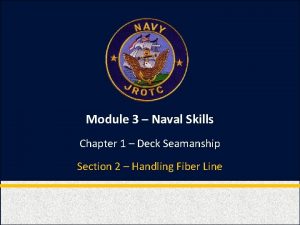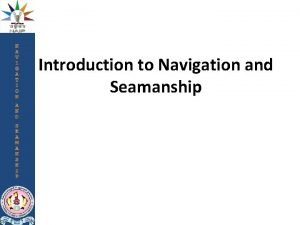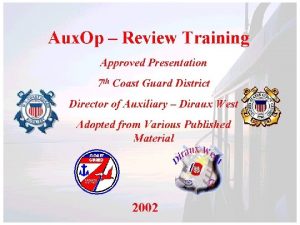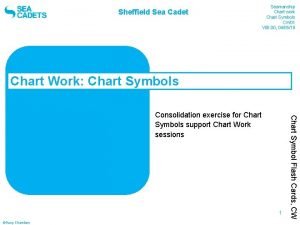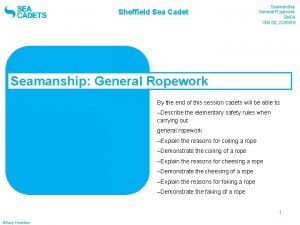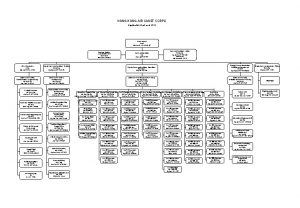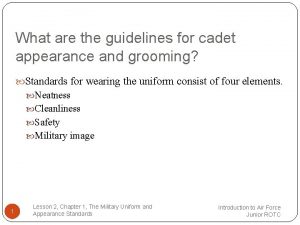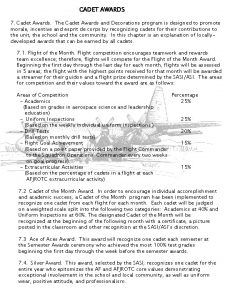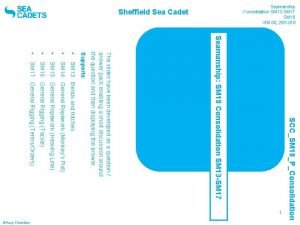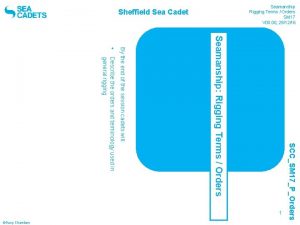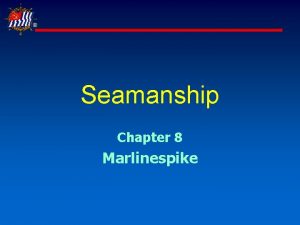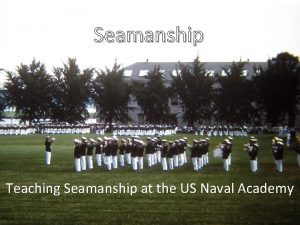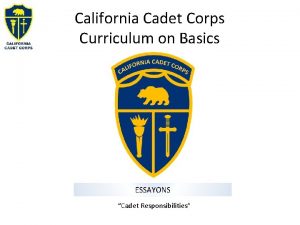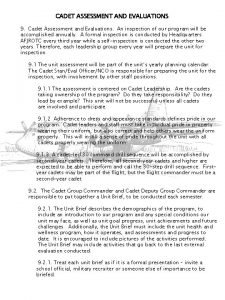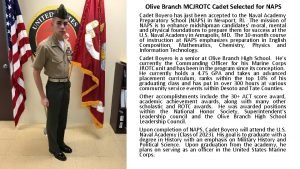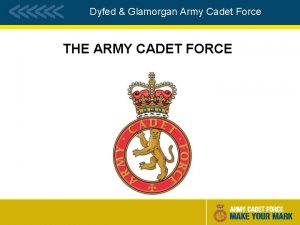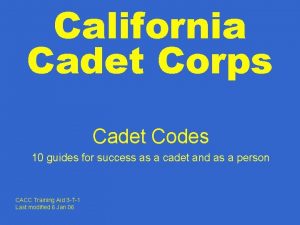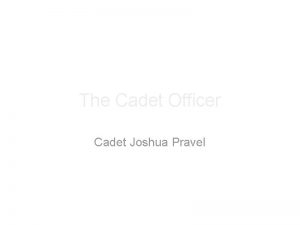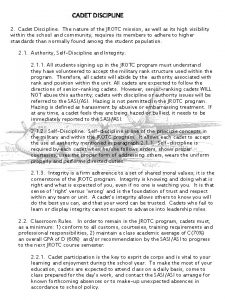Sheffield Sea Cadet Seamanship General Ropework SM 04






















- Slides: 22

Sheffield Sea Cadet Seamanship General Ropework SM 04 V 00. 00, 22/09/16 Seamanship: General Ropework By the end of this session cadets will be able to: –Describe the elementary safety rules when carrying out general ropework –Explain the reasons for coiling a rope –Demonstrate the coiling of a rope –Explain the reasons for cheesing a rope –Demonstrate the cheesing of a rope –Explain the reasons for faking a rope –Demonstrate the faking of a rope 1 ©Garry Chambers

Sheffield Sea Cadet Seamanship General Ropework SM 04 V 00. 00, 22/09/16 Know the safe working load of the rope, and don’t exceed the limit Think Safety! Ø Do not control any rope, under a heavy load, with bare hands Ø Always use a cleat/bollard or post when controlling ropes under heavy load Ø Remove rings and watches or you risk losing a figure (known as “de-gloving”) 2 ©Garry Chambers

Sheffield Sea Cadet Seamanship General Ropework SM 04 V 00. 00, 22/09/16 3 ©Garry Chambers

Sheffield Sea Cadet Seamanship General Ropework SM 04 V 00. 00, 22/09/16 4 ©Garry Chambers

Sheffield Sea Cadet Seamanship General Ropework SM 04 V 00. 00, 22/09/16 5 ©Garry Chambers

Sheffield Sea Cadet Seamanship General Ropework SM 04 V 00. 00, 22/09/16 6 ©Garry Chambers

Sheffield Sea Cadet Seamanship General Ropework SM 04 V 00. 00, 22/09/16 If loads are being raised or working overhead, then? You should use a hard hat! When working overhead ensure your tools are connected to you, your ladder, fixing so that they can not be dropped Put signs out to let people know where you re working, better still fence off the area off so people cant walk under you 7 ©Garry Chambers

Sheffield Sea Cadet Seamanship General Ropework SM 04 V 00. 00, 22/09/16 Always keep a good look out and remain alert what is above you Never stand below an item that is being lowered or hoisted The warning cry to those below is “Stand from Under” or “Under Below” 8 ©Garry Chambers

Sheffield Sea Cadet Seamanship General Ropework SM 04 V 00. 00, 22/09/16 A seamanship knife if a practical and valuable tool Worn on a lanyard around the neck, stored in the back pocket of trousers. The end of the blade should be rounded and not pointed Used as a tool and not a weapon The blade should always be sharp – you never know when you will need it 9 ©Garry Chambers

Seamanship General Ropework SM 04 V 00. 00, 22/09/16 Sheffield Sea Cadet Used as a tool and not a weapon Serrated blade has a quicker cut (plain blade is cleaner Shackle key Screwdriver blade Loop for lanyard Marlin spike to help ease knots 10 ©Garry Chambers

Sheffield Sea Cadet Seamanship General Ropework SM 04 V 00. 00, 22/09/16 A knife is best passed to someone else with the blade folded away When passing a knife with the blade out, pass the handle first with the cutting edge away from you Used as a tool and not a weapon 11 ©Garry Chambers

Sheffield Sea Cadet Seamanship General Ropework SM 04 V 00. 00, 22/09/16 Abrasion will weaken a rope. Wrap and tie chafing gear around the rope where rubbing occurs Avoid sudden strains or jerks, which can snap a rope Always look out for chafing and take action to stop or minimise it Consider if the rope is useable 12 ©Garry Chambers

Sheffield Sea Cadet Seamanship General Ropework SM 04 V 00. 00, 22/09/16 Why coil a rope? So its immediately ready for further use 13 ©Garry Chambers

Sheffield Sea Cadet Seamanship General Ropework SM 04 V 00. 00, 22/09/16 How to coil a rope? Coil the rope on the floor in a clockwise direction (to the right) Each coil should be placed on the previous coil Ideally, they should be stored out of the water and dirt (dirt will act as sandpaper and slowly wear the rope) A rope will accept a few twists before becoming snarled especially if they are with the lay ©Garry Chambers 14

Sheffield Sea Cadet Seamanship General Ropework SM 04 V 00. 00, 22/09/16 Ordinary hand lay The direction of the lay of the outer layer of wires in the strands is opposite to the direction of lay of the strands in the rope. Ordinary lay is more resistant to kinking and untwisting, and less likely to fail as a result of crushing and distortion. 15 ©Garry Chambers

Sheffield Sea Cadet Seamanship General Ropework SM 04 V 00. 00, 22/09/16 Right hand lay (Z) The strands are twisted to the right around the core. Right hand lay is the most common lay direction in a rope. Left hand lay (S) The strands are twisted to the left around the core. Which am I? Right hand lay (Z) Left hand lay (S) 16 ©Garry Chambers

Sheffield Sea Cadet Seamanship General Ropework SM 04 V 00. 00, 22/09/16 Cheesing a rope Used when the rope will need to be rendered (used) quickly through a block Provide a very neat stow You would only do this with a short rope 17 ©Garry Chambers

Sheffield Sea Cadet Seamanship General Ropework SM 04 V 00. 00, 22/09/16 Cheesing a rope i. Start the coils on the deck/ground – remember always coil to the right ii. Now that the coils are in place, put the palm of your hand on the centre of the rope and start to make right handed turns iii. The cheeses is complete when the coil is wound tight and the working end is all used ©Garry Chambers Sometimes this is referred to as “Flemishing” 18

Sheffield Sea Cadet Seamanship General Ropework SM 04 V 00. 00, 22/09/16 Faking a rope Used when a rope will have to be paid out (let out) quickly The fake should be as long as the space allows A faked rope acquires less turns than a coiled rope and has less chance of becoming snarled Care should be taken that each bight at the end of a fake is laid under that immediately preceding it to ensure that it can run clear 19 ©Garry Chambers

Sheffield Sea Cadet Seamanship General Ropework SM 04 V 00. 00, 22/09/16 Faking a rope The rope should be laid on the deck in a motion of moving from left to right (clockwise looks) The loops should be places on the previous loop to allow the rope to run freely Use as much space as you have 20 ©Garry Chambers

Seamanship General Ropework SM 04 V 00. 00, 22/09/16 Sheffield Sea Cadet Name Rank Date Question Answer Question What is a seaman’s knife used for? 1. Explain why you would coil a rope? Answer 2. Why should you not have bare hands when working with ropes? What should you not wear when working with ropes? Draw a right-lay rope? Is it a “Z” or an “S”? What is a marlin spike? Why should you not stand in a coil? When would you fake a rope? Draw an image of a cheesed rope What is the most basic thing you should do when around ropes? Why do you coil a rope? Draw an image of a faked rope? 21 ©Garry Chambers

Seamanship General Ropework SM 04 V 00. 00, 22/09/16 Sheffield Sea Cadet Name Rank Date Question Answer What is a seaman’s knife used for? 1. Cutting things Explain why you would coil a rope? To avoid it knotting, ensure it is ready for next use 2. Marlin Spike helps loosen knots Why should you not have bare hands when working with ropes? Possible to get rope burns What should you not wear when working with ropes? Rings and watches as they could get caught Why should you not stand in a coil? Possible to get broken ankles When would you fake a rope? Draw an image of a cheesed rope Draw a right-lay rope? Is it a “Z” or an “S”? When it needs to be played out quickly What is a marlin spike? Shaped in the form of a cone tapered to a rounded or flattened point, they aid in such tasks as unlaying rope for splicing, untying knots What is the most basic thing you should do when around ropes? Keep a lookout! Why do you coil a rope? To avoid it knotting, ensure it is ready for next use Draw an image of a faked rope? 22 ©Garry Chambers
 Seamanship knots and hitches
Seamanship knots and hitches Navigation and seamanship
Navigation and seamanship Clove hitch uses
Clove hitch uses Chart work symbols
Chart work symbols Sheffield sea cadets
Sheffield sea cadets Marlin symbolism
Marlin symbolism Led soldiers across hellespont into anatolia goals
Led soldiers across hellespont into anatolia goals Sea stack diagram
Sea stack diagram Yellow sea and east china sea
Yellow sea and east china sea Hydra anemone
Hydra anemone Where did general lee surrender to general grant?
Where did general lee surrender to general grant? Planos en cinematografia
Planos en cinematografia Airport authority hong kong organisation chart
Airport authority hong kong organisation chart Halton police cadet
Halton police cadet Cadet portfolio
Cadet portfolio Beihang
Beihang Cadet appearance and grooming standards
Cadet appearance and grooming standards Female class b uniform army
Female class b uniform army Cmpd cadet program
Cmpd cadet program Citadel counseling center
Citadel counseling center Cadet rule
Cadet rule Cadet rule in navigation
Cadet rule in navigation Nc teacher cadet program
Nc teacher cadet program
